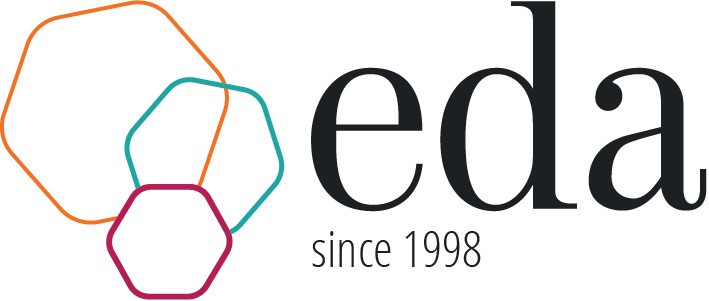One of the required aspects of every project is sustainability. It may be interpreted on various levels – as sustainability of project results, such as new jobs created within the project or as sustainability of structures established within the project, such as organization providing specific type of support to SMEs, for instance. Both results are subject to an ever-changing environment. Accordingly, jobs created within a project may not exist in five or ten years. It does not necessarily mean that this part of the project failed, since it may be the case that jobs created have evolved into more advanced positions or persons employed have found a better job. Also, it depends on how we define sustainability, i.e., which aspect of sustainability we observe. In the described example, is it sustainability of a position within an enterprise, is it a permanent, full-time employment of the employee, or it is employability of the person employed?
It gets more complicated when it comes to sustainability of structures established within the project. Namely, most often structures are established to perform certain function in a relevant landscape. For instance, a center for supporting the introduction of digital solutions in SMEs. Usually, the expectation of the funder as the entity that provided financial and sometimes technical support in the establishing phase is that the newly established center will continue to provide initially defined type of support to SMEs. In some cases, this works, in others, it does not. Why is that the case and how does this look from the point of view of sustainability?
The funders usually want the newly established organization to provide the type of support they believe is needed for SMEs in the long period of time. Even though this type of support may be high on their agenda it may not be high on the agenda of most enterprises. It means that market demand for this type of support is not strong enough to ensure sustainability of the newly established organization if the sustainability is defined as capability to cover costs of existence and services of organization through selling the services in the market. So, there are two options – either the funder continues to fund the organization that continues to provide defined type of service, thus turning from funder into a client, or the organization adjusts its focus and capacities and starts providing services that are required in the market. It seems that, again, it is the role initially defined as needed vs. an ever-changing environment.
In some cases, it may happen that initially defined services really become interesting to the target group, thus giving the opportunity to the organization to become sustainable without adjustments to the environment and market demand. But how likely it is nowadays, bearing in mind the dynamics of changes? So, if the sustainability of the organization is the goal, it should not be denied flexibility usually needed for adjusting and surviving in changing environment. Also, it may be considered as fair by the funder if the organization supported provided services required by the funder as long as funding was available, and once the financial support stops, from that point on it starts providing services required in the market. The capacity initially established will stay and the organization can start providing initially planned services again once the market demand occurs. This seems much more rational from the point of view of the funder than insisting on continuous focusing of the organization on services that are not required, thus bringing into question the sustainability of the organization.









